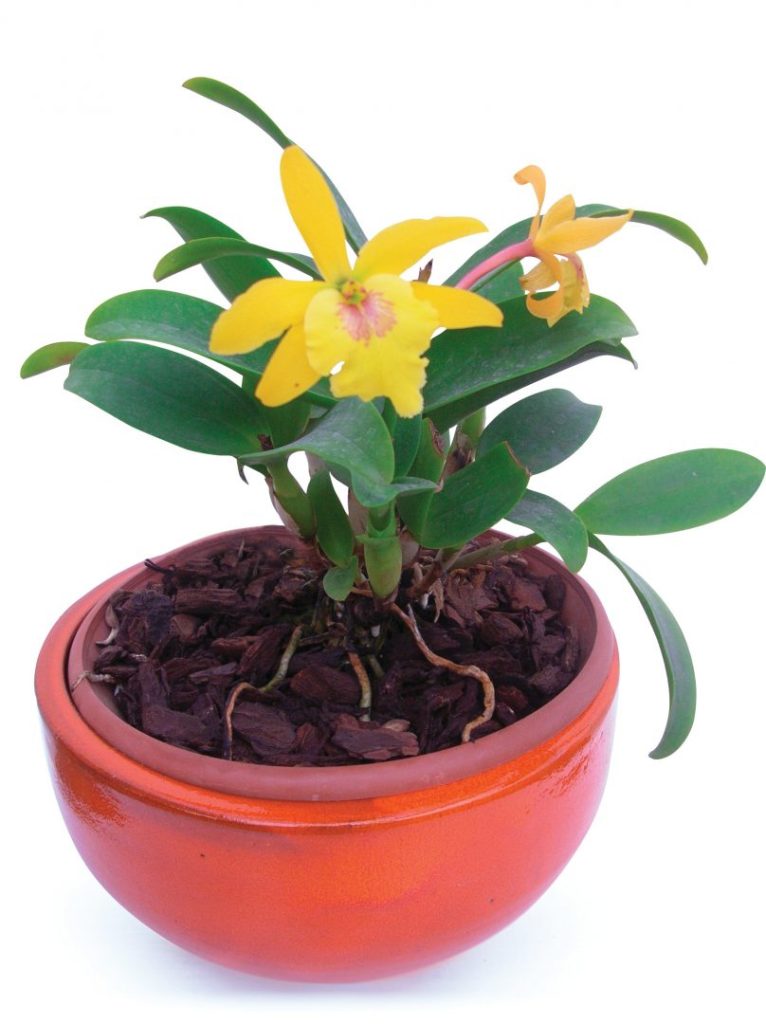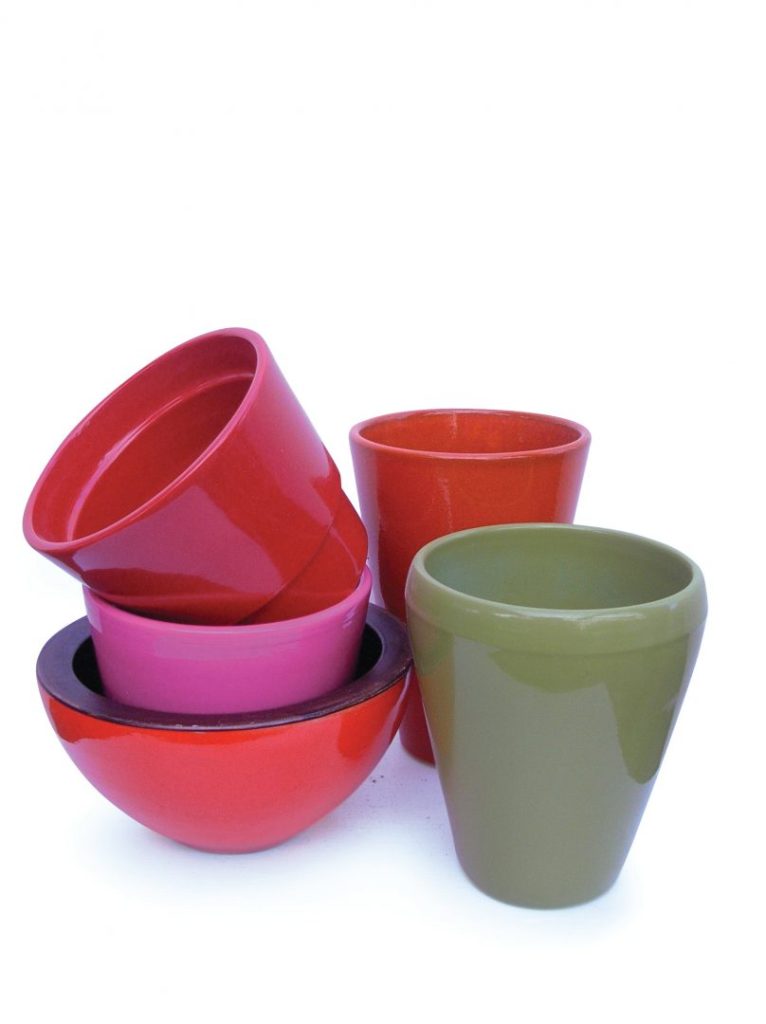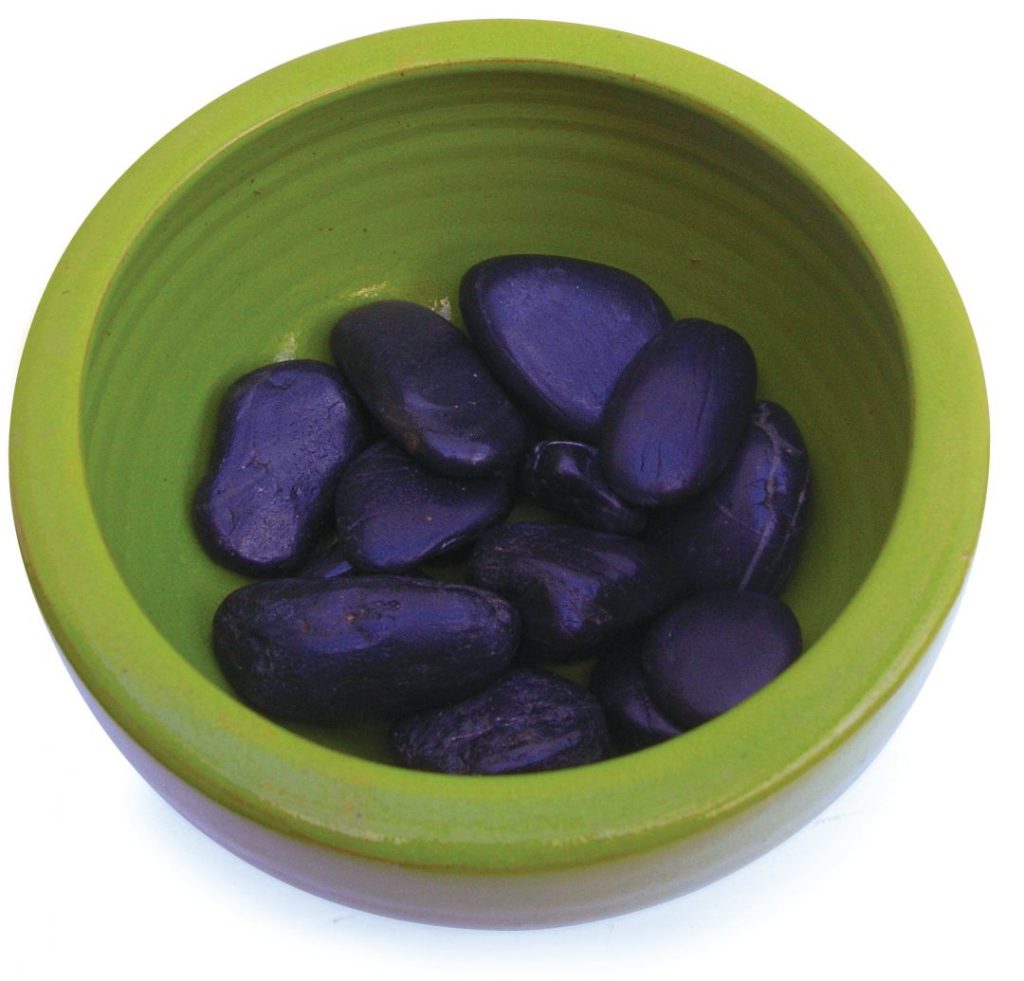容器:使用缓存罐

Table of contents


除了装饰功能外,缓存器还能防止水弄湿地板或损坏家具。
Cachepot是一个源于法语的词 Cache "来自法语(Cacher=藏匿)和拉丁语 "Cache",用于定义放置盆栽的观赏容器。 波特斯 因此,它是一个容器,花瓶放在里面是为了掩盖它的美学目的,许多普通花瓶的功能多于美学。
贮藏室的另一个目的是,对于那些在房子周围种植植物的人来说,防止花盆里的水滴打湿地板或损坏家具,因为贮藏室通常没有排水孔。
See_also: 三月里的美丽事物使用笼子种植兰花对某些品种来说有一些优势,但如果我们不小心,特别是在浇水方面,可能会有危险。
See_also: 苡仁性黄疸病任何装有兰花的花盆都可以放在缓存器中。 有许多不同的颜色和形状,有些甚至可以提高兰花的颜色。 也有各种材料制成的缓存器,对于附生兰花,通常用透明的花盆栽培,最好不要用玻璃或不是很大的缓存器完全阻挡气根的光线,以便于允许根部接受一定量的光照,因为它适合它们。
对于不喜欢基质完全干燥的兰花,如 巴比伦植物 (特别是如果罐子是用瓷器或釉料制成的,那么使用罐子是有好处的,因为它可以防止更多的水分从基质中蒸发,使植物保持凉爽。


如何浇水
如我之前所说,使用缓存盆养兰花的最大问题是在浇水时。 缓存盆内不能给兰花浇水,以免通过盆子排出的水在缓存盆内积聚。
正确的方法是将盆栽从贮藏箱中取出,给植物浇水,让多余的水排出,然后将植物放回贮藏箱中。 如果滴下的水积聚在贮藏箱的底部,兰花的根部接触到这些水,根部会腐烂。
我们不应忘记,根部长期过量的水会妨碍它们的呼吸,使它们窒息而死,继而腐烂。 我们看到,最近一段时间,在非常大的玻璃花瓶内出售的万年青。
的确,万代兰是完全气生的兰花,经常在没有任何盆或基质的情况下生长,在这些非常优雅的高脚玻璃容器中看起来非常漂亮。
但是,卖家应该警告购买者,这些兰花不能在这些容器中浇水。 如果万年青粗大且非常容易吸收的根系与水接触时间过长,它们最终会腐烂,使整个植物处于危险之中。 万年青应该通过浸泡或喷洒的方式浇水,它们应该充分排水,然后才放回Cachepot(在在我看来,买来后不放在那里更正确,因为它们喜欢挂在通风良好的地方)。
技巧


我们可以使用的一个技巧是在盆栽托盘的底部放上大约2厘米的碎石或Leca®,并将花盆放在这种材料上。 即使花盆中保留了一些水,兰花的根部也绝不会有接触到水而腐烂的危险。
这些水,如果少的话,甚至可能是有益的,因为它蒸发了,给兰花周围的空气带来一些湿度。


照片:何塞-桑托斯
你喜欢这篇文章吗?
因此,请阅读我们的杂志,订阅Jardins Youtube频道,并在Facebook、Instagram和Pinterest上关注我们。

